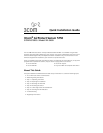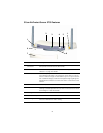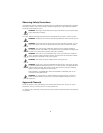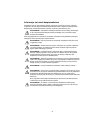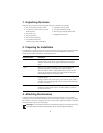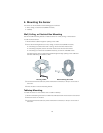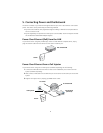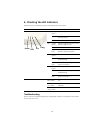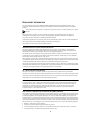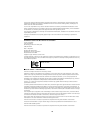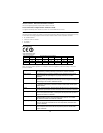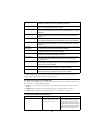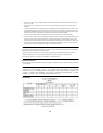
3
Observing Safety Precautions
This equipment must be installed in compliance with local and national building codes, regulatory
restrictions, and FCC rules. For the safety of people and equipment, only professional network
personnel should install the sensor.
You must read the following safety information carefully before you install or remove the unit.
Approved Channels
Use of this product is only authorized for the channels approved by each country. For proper
installation, select your country from the country selection list.
To conform to FCC and other country restrictions your product may be limited in the channels that
are available.
WARNING: Warnings contain directions that you must follow for your personal safety.
Follow all directions carefully.
WARNING: Exceptional care must be taken during installation and removal of the unit.
WARNING: The socket outlet must be near to the unit and easily accessible. You can
only remove power from the unit by disconnecting the power cord from the outlet.
WARNING: This unit operates under SELV (Safety Extra Low Voltage) conditions
according to IEC
950 / IEC 60950. The conditions are only maintained if the equipment
to which it is connected also operates under SELV conditions.
WARNING: There are no user-replaceable fuses or user-serviceable parts inside the
unit. If you have a physical problem with the unit that cannot be solved with problem
solving actions in this guide, contact your supplier.
WARNING: Disconnect the power adapter before moving the unit.
WARNING: RJ-45 ports. These are shielded RJ-45 data sockets. They cannot be used
as standard traditional telephone sockets, or to connect the unit to a traditional PBX or
public telephone network. Only connect RJ-45 data connectors, network telephony
systems, or network telephones to these sockets.
Either shielded or unshielded data cables with shielded or unshielded jacks can be
connected to these data sockets.
WARNING: To comply with FCC radio frequency (RF) exposure limits, a minimum
body-to-antenna distance of 20 cm (8 in.) must be maintained when the sensor is
operational.



